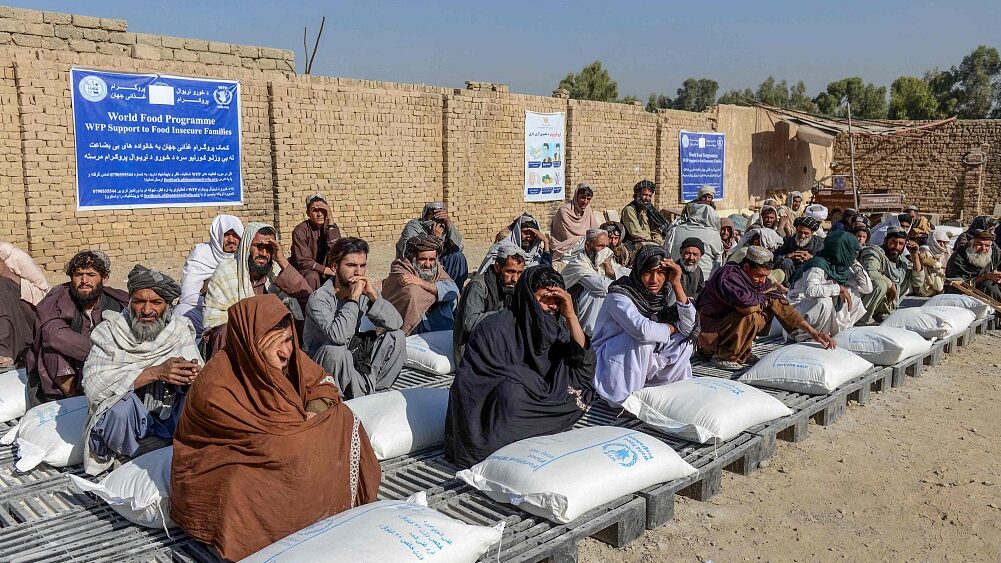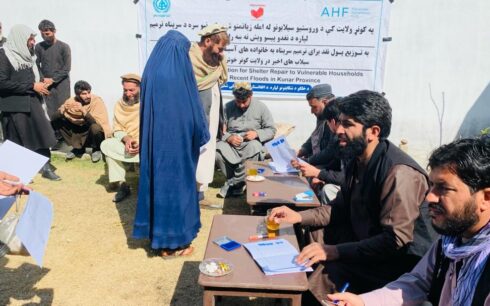KABUL — Afghanistan has seen a slight improvement in food security since the crisis peaked in 2021, according to a report released Tuesday by the United Nations. However, the report warns that millions of Afghans still face acute food insecurity as the country struggles with economic stagnation, high unemployment, and the lingering impacts of natural disasters and political upheaval.
From September to October 2024, 11.6 million Afghans—roughly 25 percent of the country’s population of 46 million— experienced acute food insecurity classified as IPC Phase 3 (Crisis) or higher, the report said. Among them, 1.8 million people are in IPC Phase 4 (Emergency), requiring immediate humanitarian assistance.
The report highlighted that 31 of Afghanistan’s 34 provinces are in IPC Phase 3, with only three provinces—Paktia, Khost, and Ghazni—falling into IPC Phase 2 (Stressed).
The situation is expected to worsen during the peak of the lean season from November 2024 to March 2025, with an estimated 14.8 million people, or 32 percent of the population, projected to experience Crisis-level or worse food insecurity. This includes 3.1 million people in the Emergency category.
Slight gains amid persistent hardships
The report attributes recent improvements to factors such as above-average agricultural harvests, increased humanitarian assistance, and better household purchasing power. Food prices have fallen from their peaks, supported by a stronger Afghani currency and global declines in food costs, the report said.
It added that Afghanistan’s agricultural economy, though limited in scope, has provided some resilience in rural areas.
Despite these gains, food prices remain significantly higher than pre-COVID-19 levels, the report said.
According to the report, the broader economy remains fragile, with unemployment persistently high and remittances from Afghans abroad expected to decline. The banking sector continues to face severe constraints, including difficulties with international transfers.
The report also underscores the impacts of Afghanistan’s natural disasters—33 of 34 provinces experienced an environmental calamity in 2024, ranging from droughts and floods to earthquakes and avalanches. Female-headed households and children remain among the most vulnerable, particularly as restrictions on women’s ability to work exacerbate their challenges.
Looming challenges in 2025
The report warns that La Niña conditions forecast for 2025 are likely to result in below-average precipitation, compounding the wheat deficit and further straining food supplies. Despite the 2024 wheat harvest exceeding recent averages, the yield fell short of meeting national needs, necessitating continued imports and humanitarian aid.
As Afghanistan navigates these challenges, the United Nations calls for sustained humanitarian assistance, investment in emergency agriculture, and infrastructure improvements to address the country’s complex food security needs.
A long road ahead
The report concludes that while the number of Afghans facing severe food insecurity has decreased compared to previous years, levels remain significantly higher than those before the COVID-19 pandemic and the Taliban’s return to power in 2021.
Afghanistan’s food insecurity crisis is deeply tied to its economic stagnation, environmental vulnerability, and ongoing political uncertainty, requiring a multifaceted approach to achieve sustainable progress.




